A Year Later, How Are Independent Schools Doing?
Most NYC private schools have been open in some form since September. Reflecting on the challenges - and the year ahead
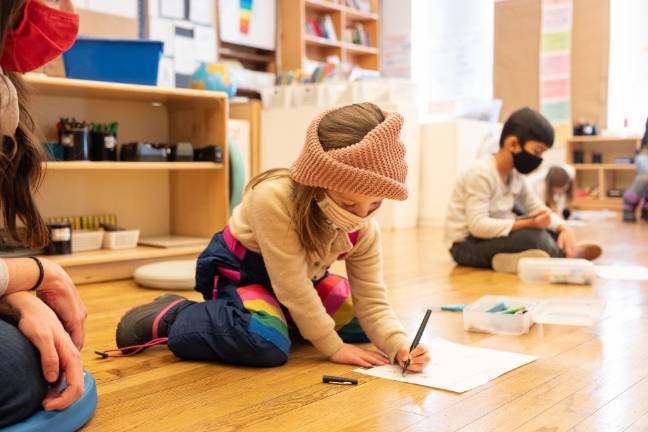
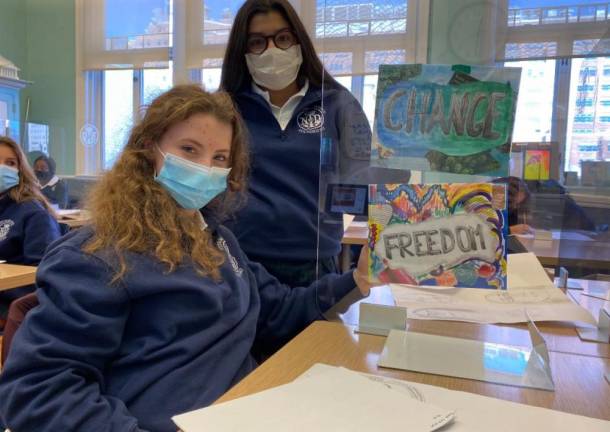
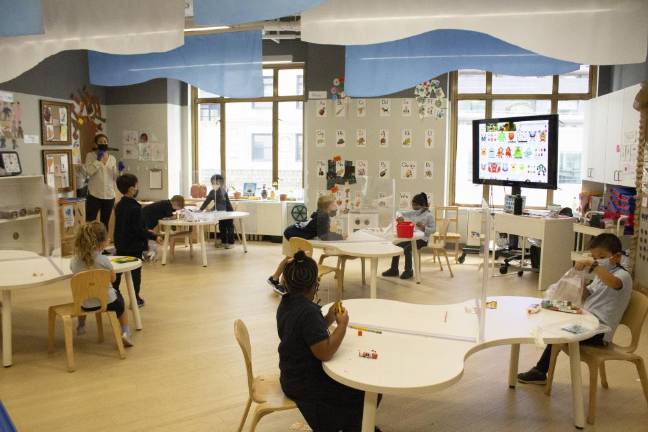
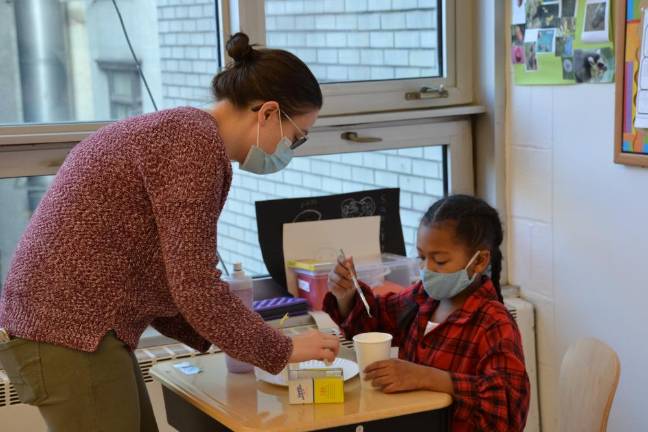
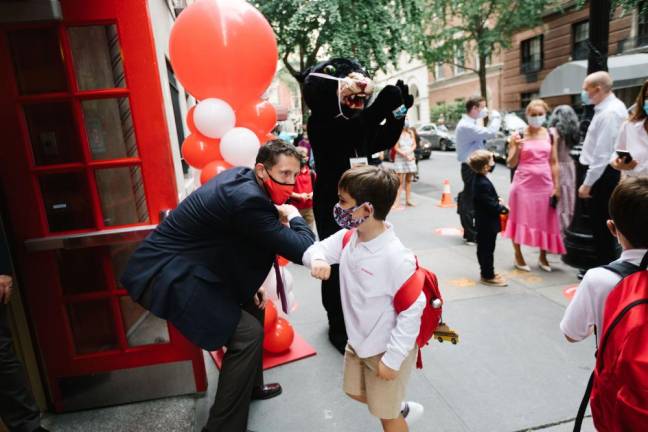
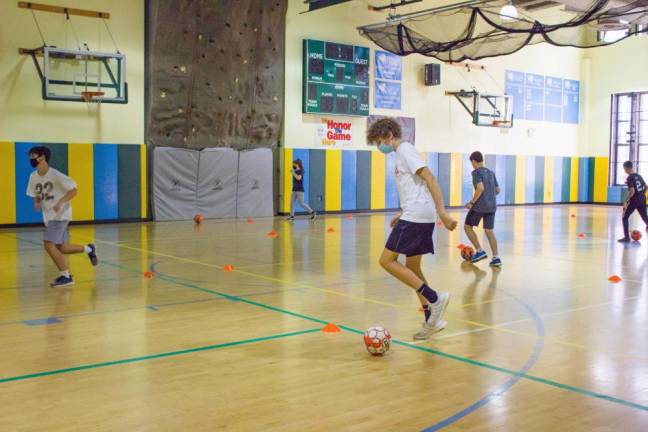
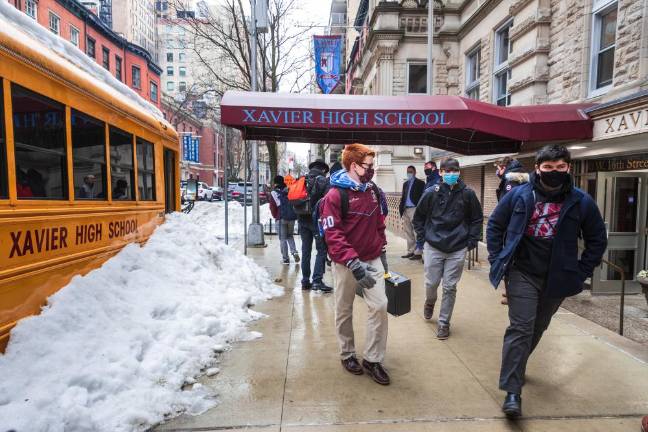
As New York City officials went into crisis mode at the beginning of the pandemic last spring, independent schools quietly slipped out of the spotlight to chart their own course in staving off the worst effects of the novel virus ravaging the city. What emerged was a strikingly similar theme and process across private schools throughout Manhattan: to encircle community, plan, strategize and protect while moving forward.
At the Trevor Day School, with campuses on the Upper West Side and Upper East Side, head of school Scott Reisinger said he quickly prioritized the two things that he felt were most essential at the start of the health crisis.
“First and foremost was the health and safety of the children and faculty, the health of the community,” Reisinger said. “But second, was the idea of keeping our community together.” To do so meant he had to communicate with parents in different ways, he said, “spending a lot of time on Zoom meetings rather than writing a letter, because people needed the contact.”
Trevor Day administrator and parent Morgan Porzio agrees that the focus on community has kept staff and parents encouraged in the middle of a global upheaval of norms.
“I think the morale is high, we feel taken care of. And we feel like everybody is managing to stay safe,” Porzio said. She added that the school’s weekly commitment to testing contributes to the feeling of safety they experience, while the “all hands on deck mindset” from the early days of the pandemic keeps things working smoothly.
With students safely home in March, schools first began the formidable task of rapidly switching whole curricula online to keep students learning remotely, followed by the even more daunting challenge of creating a blueprint for a potential return to in-person learning. To achieve this, some school leadership formed reopening and COVID-19 committees, consisting of faculty, staff, and parents, and guided by advice from federal and local officials and health experts. Some committees worked all summer.
“We spent significant time during the summer of 2020 developing a reopening plan that would accommodate the necessary health practices while maintaining a sense of normalcy and joy in school for our students,” said Maria Castelluccio, head of school at Léman Manhattan Preparatory School in downtown Manhattan. As a result, most of Leman’s students have safely returned to in-person learning since the fall.
In-Person Classes
The overall success of the reopening strategies has surprised even some who worked diligently to bring them to fruition. All the schools interviewed for this article had in-person classes available to students starting in September or October. The average attendance was about 80 percent on any given day, with most students learning in fixed pods, some on a hybrid schedule. A small group of students attended virtually throughout the term. Kindergarten students, who many worried would not wear a mask or would have difficulty following the health protocols, have instead adapted quickly to the new daily routines.
But as rewarding as the outcomes have been so far, it has not been an easy year.
“Like everyone, we miss life before the pandemic. We miss the closeness and fluidity that we had to give up to be safe,” said David Egolf, head of school at the Corlears School in Chelsea. “It has been challenging for everyone, but I think we should also be proud of having made it possible for children to be at school during this critical and challenging time. Teachers and administrators have been stretched in ways they never imagined, and all with the well-being of children at heart.”
Corlears serves the youngest students from two-year-old preschoolers to fifth-grade students in a small school setting of just over 120 students. Egolf believes the pandemic has reinforced the tremendous value the school has as in its small size and community-oriented focus.
At the Notre Dame School for girls in the West Village, spokesperson Penny Grote said that while the high school pivoted with relative speed to remote learning last March as they were already up to speed with tech learning for students and teachers, they are missing some of the pre-pandemic traditions of the school.
“This is a challenging time for everyone, and adolescents are no exception. Our students miss being with each other in the group settings they used to love. Traditions such as the National Honor Society ceremony, prom and graduation have taken on a different character, and this is so very hard,” Grote said. “The school has a team of three counselors, which is a rich resource for our 350 students to help them through these times.”
Outdoor Time
Overall, the schools say students have adapted well to the many changes implemented to their academic routines over the past year. They recognize, however, how important social interaction and physical activities are in creating a balanced experience for children from the earliest years to the final years in school.
Jan Abernathy, director of strategic communications at the Browning School for boys on the Upper East Side said there has been “a rediscovery of the importance of outdoor time with Central Park right at our doorstep,” and that the emphasis on relationships and social emotional learning is especially crucial at times such as these.
At the Trevor Day School, the younger children who attend school on the West Side also have daily trips to Central Park, while the older students on the East Side have access to a terrace where they can spend time outdoors during school hours.
At Léman, while still social distancing, students are able to connect with each other through wellness walks, in-person lunches and scavenger hunts among other activities.
At Xavier High School for boys in Chelsea, president Jack Raslowsky said training and even competing has started in some sporting events such as cross country, track and swimming. The school’s retreat program was also able to resume in a new location with new policies and procedures in place and that “this important part of Xavier life is thriving even amid the pandemic.”
Looking Forward
It is hope that propels them forward.
After a year of unmatched demands that has required innovation, cooperation and incredible flexibility, school leaders and administrators cling to the promise of reward for all their efforts - and the nation’s efforts - to move quickly toward a new and better normal.
“In hope and in faith, we live through these challenging times [and] we’re just going to decide that things are going to get better, hope on the other end that we’re going to end up being much better people too,” Reisinger said.